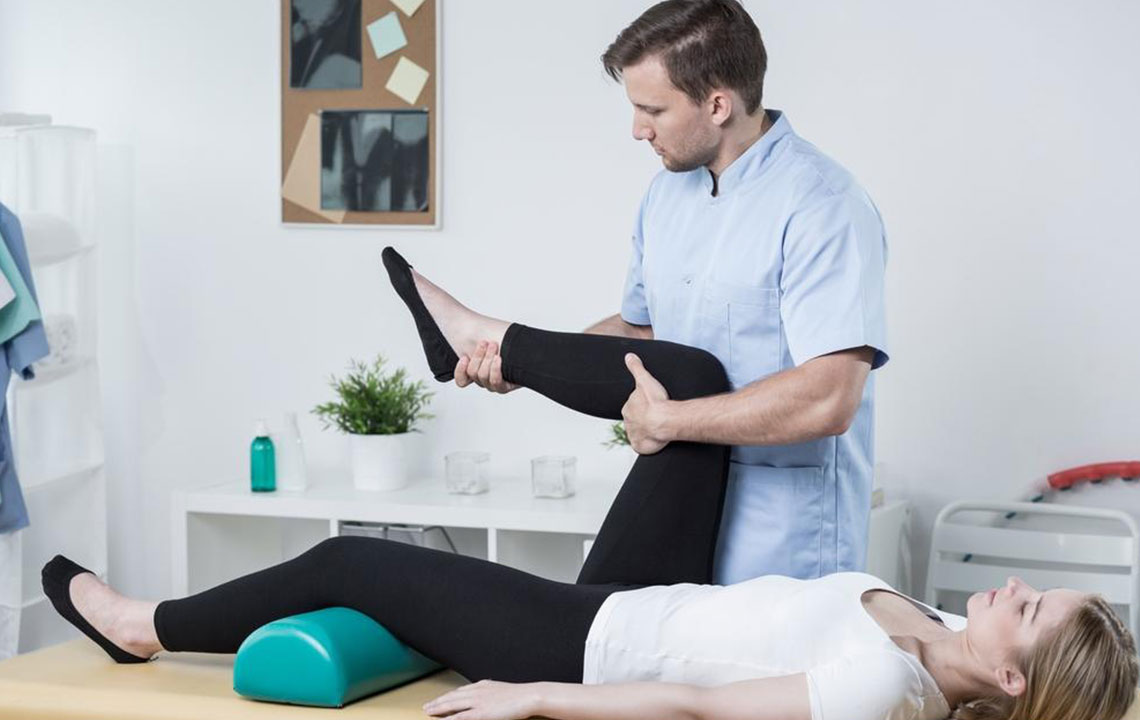Meniscus Tear Treatment Causes and Prevention

The meniscus is a small piece of cartilage that acts as a cushion between the thigh- and shinbones. Activities that place pressure on the knee bones, like rugby or soccer, can cause the meniscus to tear. This tear is not prone to just vigorous activities. Even ordinary movements if performed suddenly may lead to a meniscus tear.
There are two menisci in each knee. One is at the outer edge of the knee and the other at the inner edge. These help keep the knee steady by balancing one’s weight across it. A torn meniscus affects the proper functioning of your knees.
Causes
Twisting or quick rotation is what causes a meniscus tear. They can occur during sports or while lifting something heavy. Sports, where there are abrupt turns, pose a higher risk of meniscus tears. These include football, basketball, tennis, and soccer.
With age, the meniscus gets worn out, making it more vulnerable to tear and becomes more common in people above the age of 30. People with osteoarthritis are at a greater risk of injuring their knee or tearing their meniscus.
Symptoms
A meniscus tear may lead to
- Pain, especially when the injured area is touched
- Swelling
- Difficulty in moving the knee
- Locking or catching sensation on your knees
- Feeling of weakness in the knees or their inability to support you
Regarding the severity of the injury, symptoms fall into three types:
- In a minor tear, there may be slight pain and swelling, which usually recedes in 2 to 3 weeks.
- A moderate tear may lead to pain at the side or center of the knee. The swelling gradually gets worse in 2 to 3 days. The knee may feel stiff and it may be difficult when bent. However, walking is possible. Movements such as twisting the knee or squatting may lead to a sharp pain. These symptoms may recede in 1 or 2 weeks. However, it can also resurface if you twist or strain your knee. If left untreated, this can continue to recur for several years.
- In severe tears, your knee can appear to be catching, locking, or popping. You may not be able to straighten it and may feel very weak or give way abruptly. It may swell and become stiff within 2 to 3 days after injury.
It is advisable to consult the doctor if these symptoms last for more than a few days.
Meniscus Tear Treatment
Treatment may be of the following types.
Nonsurgical treatment
This is the initial meniscus tear treatment that involves rest, applying ice, compression, elevation. You may also be required to wear a temporary knee brace. Avoid any activities that may affect or worsen the pain. Apply ice every 3 to 4 hours for a duration of 30 minutes. The knee has to be wrapped in an elastic bandage to reduce inflammation. Doctors also recommend physical therapy to reduce the symptoms.
Surgical repair
If the non-surgical method of meniscus tear treatment does not work, surgery can help sew the tear up.
Partial meniscectomy
This surgery removes the torn section of the meniscus.
Total meniscectomy
This surgery removes the entire meniscus. However, this is generally not recommended as it can increase the risk for osteoarthritis.
Surgical treatment
Meniscus surgery is performed in two ways, i.e., open surgery and arthroscopic surgery. In open surgery, the entire knee section is opened up to allow your doctor to look into it and treat the tear. However, an arthroscopic surgery involves less incision as possible.
In arthroscopic surgery, the doctor creates several small incisions near the affected area. The doctor then inserts a camera with a monitor that allows him/her to look at the internal parts of your knee.
Post surgery
It is advisable that you adhere to a proper post-surgical meniscus tear treatment. Start with physiotherapy right after the surgery and avoid stressful activities like running and squats entirely for a few months.
Consult with your therapist for appropriate meniscus tear treatment and to give you a timetable to return to walking, driving, running, and more rigorous activities as you progress further in your meniscus tear treatment. You can also perform some exercises on your own after consulting with your doctor.
The possibility of healing the meniscus without surgery depends on the location of the cut. In the inner regions, there is a shortage of blood supply to cartilages, which can limit its healing. The outer portions of the meniscus, however, have a greater blood supply and heal faster. The risks of a meniscus tear can be reduced with proper measures while playing certain sports or engaging in activities where you can put pressure on the knee joint. These include warm-up exercises and appropriate gear for sports.
With sufficient care and attention, you can get back the former mobility of your knee even post a meniscus tear.